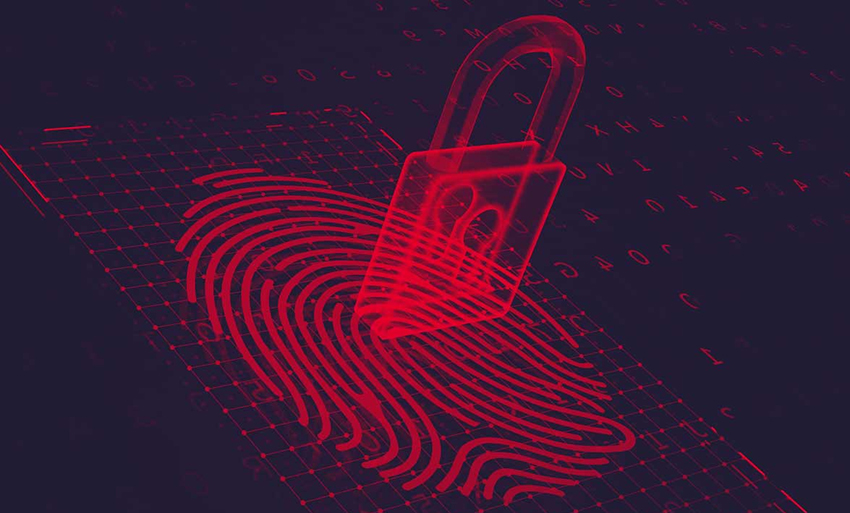In the world of computer security, it is a mortal sin to assume and take things for granted. The belief that internal users are always trustworthy is not applicable anymore. That was the old network security approach and is no longer reliable today. There was a great need for a stronger security model. The zero trust model of information security satisfies this need.
What is zero trust? It is an information security concept based on distrusting users and devices. It treats the network as always hostile, and nobody gains network access by default. Users and devices must pass identity verification before gaining network access. That’s how strict a zero trust model of information security is.
Zero trust security does not stop at identity verification. Any user or device that passes the authentication methods only gets the necessary access rights or privileges to do their work. Employees don’t have permission to access resources outside their department. This limits the damage that an attacker could do to your network. This shows the strength of the zero trust model of information security.
Identity and Access Management (IAM) enables admins to control user and device access. IAM limits their access to critical information within the organization or network. They can only do what their roles allow them to do. Roles vary according to job competency, authority, and responsibility within the company. IAM is the first step in enforcing a zero trust model of information security.
A zero trust security framework enforces the “never trust and always verify” principle. The benefit you get from this is strong security. Protecting your client’s and your business’s confidential data is a top priority. If customers feel safe, they will trust you more. This leads to a long-term client-business relationship that gives you more profit. That is one of the benefits of using a zero trust model of information security. In the next section, you’ll learn the best practices in zero trust model of information security.
The Best Practices
Securing your network assets against various threats is necessary. There are many means of doing this, but here are the best ways:
| Best Practices | Description |
| Zero trust model of information security enforces Identity and Access Management (IAM). | IAM is a framework of business processes, policies, and technologies. It handles and manages digital identities. IAM uses systems like:
MFA adds another layer of security for identity verification. The traditional login authentication method is not enough. You must add another form of authentication on top of it, like using biometrics. PAM secures, controls, and monitors access to an organization’s resources. Notable PAM features include session tracking, password vault, and access management. |
| Zero trust model of information security uses auto-containment technology. | Any unknown application or process will run inside a container by default. This isolation technique ensures that they can’t do any harm outside the container. Another term for this is auto-sandboxing. Auto-containment technology also defeats zero-day attacks. |
| Zero trust model of information security utilizes Host Intrusion Protection System (HIPS). | This is comparable to an intrusion detection system (IDS). It inspects vital operating system activities to ensure protection from malware intrusion. HIPS also stops malware by observing its code behavior. It is like a firewall when analyzing suspicious activities. |
| Zero trust model of information security uses a whitelisting approach. | A whitelist has a list of things that are allowable on a network. It contains the following:
|
| Zero trust model of information security enforces the use of antimalware. | An attacker always finds ways of harming their targets. One method is by using malware. Writing malicious code enables a cybercriminal to automate their attacks.
Your antimalware should protect you from the following threats:
|
Now you know what zero trust model of information security is and its benefits and are aware of the importance of migrating to a stronger security model. Find out more about zero trust model of information security by clicking here.
